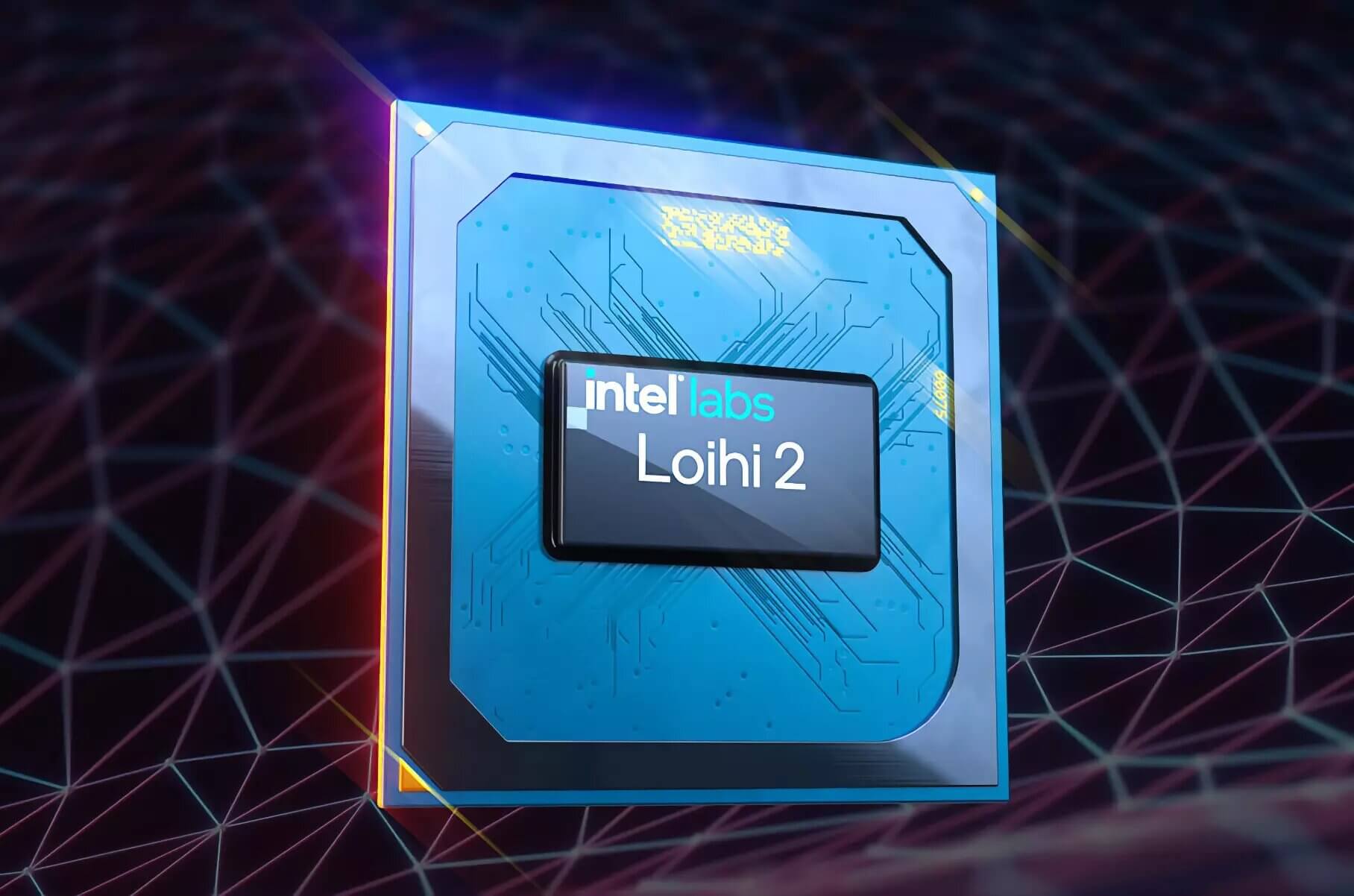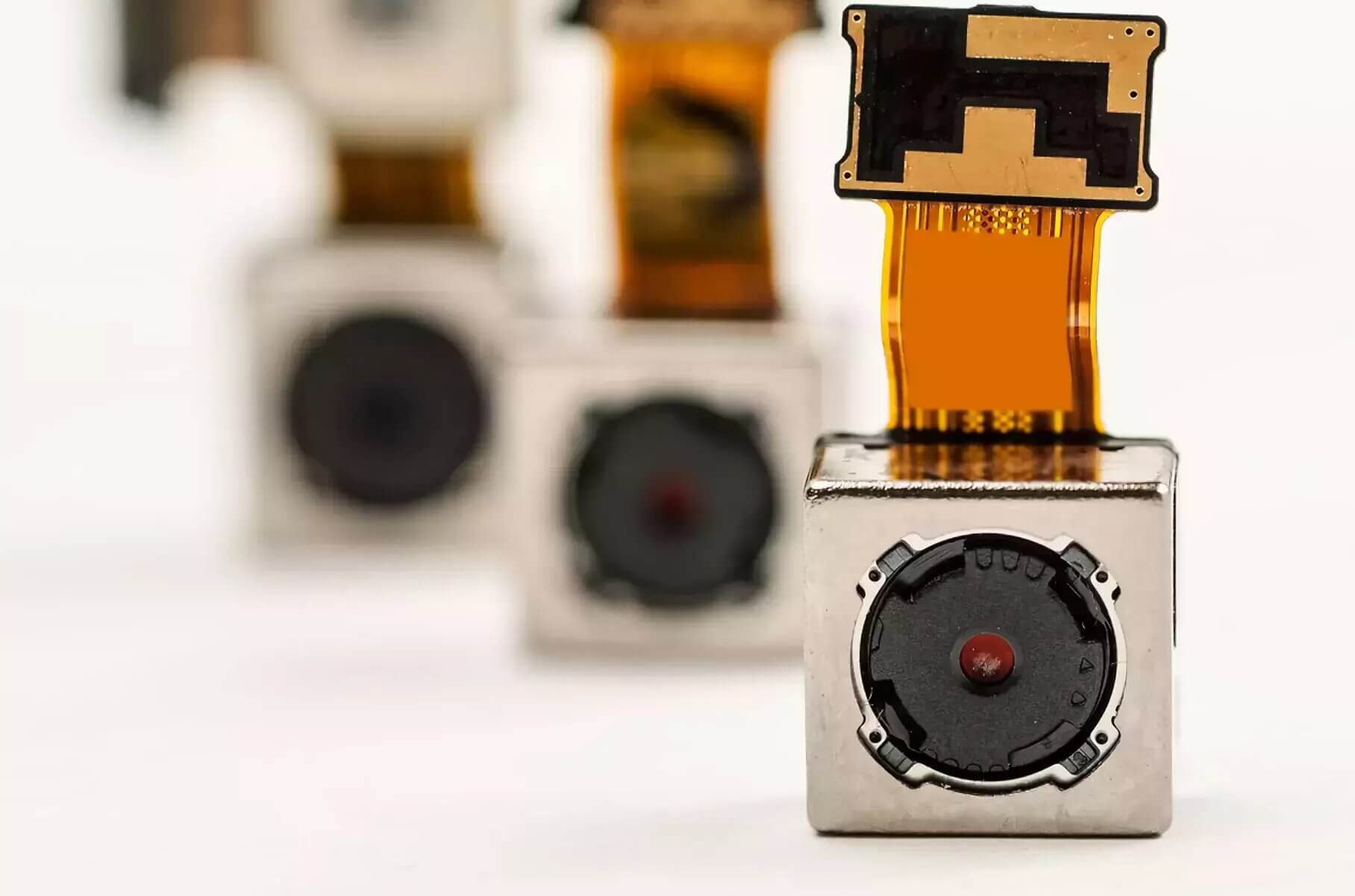BMW cars will have an “artificial brain”
- April 15, 2022
- 0
BMW will explore the possibility of introducing neuromorphic chips into the car. These devices resemble the human brain in architecture, and the neural networks created on their basis
BMW will explore the possibility of introducing neuromorphic chips into the car. These devices resemble the human brain in architecture, and the neural networks created on their basis

BMW will explore the possibility of introducing neuromorphic chips into the car. These devices resemble the human brain in architecture, and the neural networks created on their basis work hundreds of times faster than conventional ones. BMW’s partner in this area will be China’s SynSense. The company’s portfolio includes a Speck neuroprocessor with an event camera that can be used in pedestrian recognition and traffic analysis systems. When neuromorphic processors will appear on serial machines is still unknown.
Neuromorphic processors are complex devices that resemble the architecture of the human brain. They have neurons and analogues of synapses organized into impulse (adhesion) neural networks. The chips support “deep learning” methods, do not require an external database, are characterized by low power consumption and high speed. But examples of their use in cars can be counted on the fingers of one hand.

So, in 2020, Mercedes-Benz announced the start of cooperation with the research division of Intel – Intel Labs. The Germans were interested in the technology of neuromorphic computing, which could significantly improve voice and gesture recognition systems. According to Intel itself, the chip it created consumed 1000 times less electricity and worked 0.2 seconds faster than a conventional GPU.
This winter, neuromorphic processors first appeared on a car – the Vision EQXX concept. The chips and the software necessary for operation were provided by the Californian company BrainChip, and they were responsible just for processing voice and gestures. And although the current level of technology development makes it possible to increase the accuracy of determining the phrase Hey Mercedes by 5-10 times, the field of neuromorphic computing itself is still in its infancy, and it is too early to commercialize it.

In the meantime, BMW also decided on similar experiments – but neuromorphic processors will be used for machine vision systems. We are talking about the Speck computing chip from the Chinese SynSense, which combines an image processor with a convolutional neural network and a bottom camera on a single chip (SoC). The latter is an asynchronous sensor that responds to local changes in brightness that exceed the specified threshold values.
An effective camera captures only moving objects, that is, information is transmitted only from active pixels. Therefore, the SoC system consumes one milliwatt of electricity, and the delay time is 0.005-0.01 seconds. Theoretically, such devices can be used for object detection, face recognition, pedestrian tracking and traffic analysis. However, how neuromorphic processors will be used in BMW is still unknown.
Source: SynSense
Source: Bizua
I’m Sandra Torres, a passionate journalist and content creator. My specialty lies in covering the latest gadgets, trends and tech news for Div Bracket. With over 5 years of experience as a professional writer, I have built up an impressive portfolio of published works that showcase my expertise in this field.